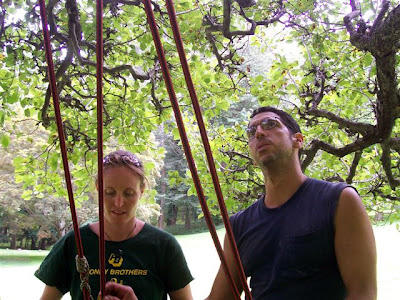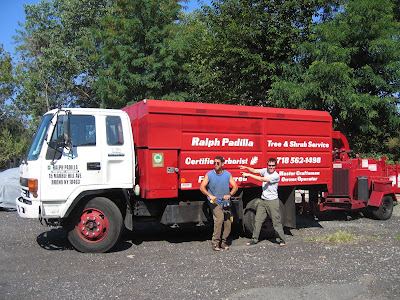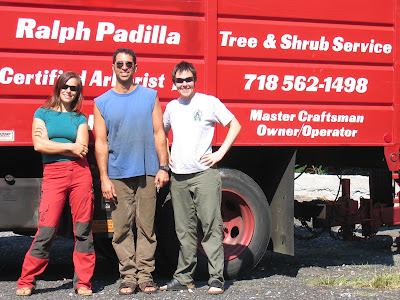Tuesday, November 18, 2008
James KIlpatrick and Scott Forest
Sunday, November 16, 2008
Thilo Beeker
Kiah Martin
Acer griseum
Gingko
Friday, November 14, 2008
Rigging
another one of the things i enjoy immensely as part of tree work is rigging. problem solving by way of rigging, is incredibly interesting and as much fun as any puzzle to solve. in the following rigging scenarios one situation would have been incredibly dangerous for a climber and the other was just plain fun to figure out how to lower 2 enormous dead stems under complete control with no impact to the surrounding landscape with out climbing and without a crane.
Thursday, November 13, 2008
rigging for lowering entire tulip stems in one piece
Subscribe to:
Posts (Atom)




